Wondering what are the best places to visit in Nepal? The geography of Nepal is quite varied, which means so are Nepali places to visit. Furthermore, Nepal is home to eight of the Earth’s ten tallest mountains and the planet’s highest point, Mount Everest, making it a mountain-climbing Mecca. However, acrophobic need not fear, as there are numerous other places to visit in Nepal that do not require scaling a majestic Himalayan mountain.
Are you looking for spiritual enlightenment? If so, look no further than Kathmandu, the capital of Nepal which is surrounded by the soaring Himalayas, where you will find a plethora of sacred Buddhist and Hindu temples, including world-famous Pashupatinath Temple, a UNESCO World Heritage Site. Do you prefer nature and wildlife viewing? Head to Chitwan National Park, where you can see deer, freshwater dolphins, rhinos and even Bengal tires, or Sagarmatha National Park, home to Mount Everest, where you might spot a rare snow leopard.
For those who want to trek through Nepal but not have to climb 29,029-foot Mount Everest, take a much safer and easier hike through the Annapurna Region by tackling the Annapurna Circuit around Annapurna Mountain, aka “Apple Pie Circuit” because of the many tea houses along the route serve fried apple pie. But if you have come to Nepal to tackle some of the biggest mountains in the world, there’s Annapurna I, at 26,545 feet, Annapurna II, at 26,040 feet, and a few others, including the king of the mountains, Mount Everest.
Table of Contents
- Nepal by the Numbers
- Pashupatinath Temple
- Maya Devi Temple
- Boudha Stupa
- Chitwan National Park
- Sagarmatha National Park
- Pokhara
- International Mountain Museum
- Everest Base Camp
- Swayambhunath
- Narayanhiti Palace Museum
- Kathmandu Durbar Square
- Bhaktapur Durbar Square
- Patan Durbar Square
- Patan Museum
- Garden of Dreams
- Dharan
Nepal by the Numbers
Relatively small Nepal is not only home to eight of the world’s highest peaks but 10 UNESCO World Heritage Sites, seven of which can be found in the Kathmandu Valley, including world-famous Kathmandu Durbar Square and the Boudha Stupa. Additionally, there are more than 1,200 Buddhist temples in the country and, due to Nepal once being a Hindu kingdom, hundreds of Hindu temples. You can also find 10 national parks and 20 protected areas in Nepal.
Pashupatinath Temple
Kathmandu Valley’s Pashupatinath is a Hindu temple complex, the largest in Nepal, that was built in the 5th century. It is located on the banks of the Bagmati River, which is considered holy by Hindus. Pashupatinath Temple is also one of the four most important religious sites in Asia for devotees of Shiva and one of the seven UNESCO World Heritage Sites of the Kathmandu Valley. It is considered a masterpiece of Hindu architecture, is a sacred pilgrimage for Hindus and one of the most important places to visit in Nepal, for both locals and visitors.
Maya Devi Temple
Do you want to balance Buddhism with Hinduism? Then find some zen at the Maya Devi Temple in Lumbini. Lumbini is not only home to one of the most famous Buddhist temples in the world, Maya Devi, but the birthplace of Siddhartha Gautama, who later became the Buddha. It is also another UNESCO World Heritage Site. Here you will find a sacred pool and garden, the World Peace Pagoda and the Ashoka Pillar, which depicts the exact birthplace of Buddha. This is perhaps the most sacred Buddhist site in the world.
Boudha Stupa
The Boudha Stupa is the most iconic structure in the Kathmandu area. Because it dominates the valley’s skyline, the Boudha Stupa can’t be missed. This UNESCO World Heritage Site is one of the biggest stupas on Earth. According to the Ancient History Encyclopedia, a stupa is considered to be the most important type of monument of Buddhism and has a distinctive semi-spherical shape. The Boudha Stupa was built in the 5th century and is a major pilgrimage site. It has been attracting devout Buddhists and visitors alike for centuries.
Chitwan National Park
Chitwan National Park is a nature-lover’s nirvana. It is Nepal’s first, and perhaps the most visited, national park. The 360-square-mile park, located in the country’s southern subtropical Inner Terai lowlands at the foot of the Himalayas, is another UNESCO World Heritage Site. Chitwan National Park is home to 68 species of mammals, 544 species of birds and 126 species of fish, and is revered as a refuge for the single-horned Asiatic rhinoceros, Bengal tiger and Gharial crocodile. Inside Chitwan National Park you will also find Valmiki Ashram, a sacred Hindu pilgrimage site.
Sagarmatha National Park
Sagarmatha National Park might seem the opposite of Chitwan National Park, as it is located high in the Himalayas and includes mighty Mount Everest, as opposed to the Nepali lowlands. One thing this protected area does have in common with Chitwan is Sagarmatha is also a haven for endangered species, in this case, the elusive snow leopard, which is listed as “Vulnerable” on the IUCN Red List, as its population is less than 10,000 globally, and the red panda. This 1,148-square-kilometer park, a UNESCO World Heritage Site, is found in the Himalayan ecological zone in the Khumbu region, home to the world-famous Sherpa people, and is teeming with magnificent mountains and glaciers.
Pokhara
One of the most popular places to visit in Nepal is Pokhara, which is also one of Nepal’s most scenic cities. Breathtaking Pokhara, the country’s second-largest city, is located on the shores of Phewa Lake at the feet of some of the world’s biggest mountains and is a gateway to the Himalayas and the Annapurna Circuit. Here you will also find tranquil Tal Barahi Temple, a two-story pagoda located on an island in Phewa Lake. If you want to take the opposite tack of tranquillity, Pokhara is also famous for extreme sports, such as bungee jumping and river rafting.
International Mountain Museum
No list of Nepali places to visit is complete without mentioning the International Mountain Museum, which is located in Pokhara. Mountaineering and nature exhibit at the museum traces the history of the Himalayas. The International Mountain Museum also features a Living Museum that showcases the “real setting of the culture of indigenous people of different tribes and clans of Nepal.” Other exhibits include an on-site climbing wall, Mount Everest climbers’ gear, legend of the Yeti, a wing dedicated to Sir Edmund Hillary and Tenzing Norgay, the first people to summit Mount Everest, and much more.
Everest Base Camp
A visit to world-renowned Everest Base Camp is for the more intrepid traveller, and one who has more time to spare than the average visitor as this is no mere stroll through the woods; it can take a couple of weeks or more to trek to Everest Base camp and back. However, once you are there you are under no obligation to go all the way to Mount Everest and climb the beast. In fact, you can’t without first purchasing an expensive permit and retaining the services of a professional mountain climbing agency. So don’t just show up at base camp and expect to summit Mount Everest. A much easier and less expensive alternative is to enjoy the popular trek to Everest Base Camp, of which approximately 40,000 people achieve every year, which starts at Lukla airport.
Swayambhunath
Do you love monkeys? If so, Swayambhunath, aka Monkey Temple, which is commonly referred to as “the second most important shrine in the Kathmandu Valley,” will be No. 1 on your itinerary. The temple gets its name from the troop of monkeys that call it home. This 5th-century Buddhist complex, which is another UNESCO World Heritage Site, features a supreme stupa, temples and numerous shrines, making it an ideal spiritual getaway, once you climb the 365 steps required to get there.
Narayanhiti Palace Museum
Narayanhiti Palace Museum was once the Narayanhiti Royal Palace, the residence of the Nepalese monarchy in Kathmandu, which became world-famous in 2001 when nine members of the royal family were killed in a mass shooting during a party. The dead included King Birendra of Nepal and Queen Aishwarya. Bullet holes are still visible on some of the walls. Today, the Narayanhiti Palace Museum features the throne and banquet halls, the royal bedrooms and stuffed tiger and rhino heads. Cameras and bags are not allowed inside the palace museum, but it still offers a great glimpse of royal life.
Kathmandu Durbar Square
This is one of Nepal’s most visited UNESCO World Heritage Sites, as it is quite accessible from Kathmandu’s tourist hub and is where history comes alive. Here you will find venerated Hindu and Buddhist temples and shrines, as well as a former royal palace (durbar means palace), idols, statues, fountains, pagodas, courtyards and more. Kathmandu Durbar Square is one of three Durbar Squares in the Kathmandu Valley, and all of them are UNESCO World Heritage Sites that were once important sites for Buddhist and Hindu rituals, ceremonies and coronations.
Bhaktapur Durbar Square
Another must-see Durbar Square in the Kathmandu Valley and important Nepali place to visit is located in Bhaktapur, less than 10 miles from the capital city. Bhaktapur Durbar Square contains the former palace of the Bhaktapur Kingdom, the Palace of 55 Windows, Vatsala Temple, the Statue of King Bhupatindra Malla, Nyatapola Temple, which is one of Nepal’s most stunning pagodas, the Golden Gate, one of the most beautiful of its kind in the world, Lion’s Gate and a number of other sacred temples. Bhaktapur Durbar Square is the perfect place to experience the culture, tradition and religion of Nepal, as it has changed little since the 17th century.
Patan Durbar Square
Patan Durbar Square is located in Lalitpur, Nepal’s third-largest city and the oldest of all the three cities of the Kathmandu Valley. Here you will find another ancient royal palace, one that was inhabited by Nepal’s Malla Kings of yore. Patan Durbar Square is a perfect example of the architecture of the Newar, the historical residents of the Kathmandu Valley, and is overflowing with temples and idols, as well as Newari residential homes. Patan Durbar Square contains more than 135 courtyards and 55 temples. It is sacred as both a Buddhist and Hindu site.
Patan Museum
Located in Patan Durbar Square, in the former royal palace to be precise, the Patan Museum is recognized as one of the best museums in all of South Asia. The museum exhibits traditional sacred art of Nepal. The Patan Museum houses more than 1,000 artefacts, including cast bronzes of Buddhist and Hindu deities, and covers 13 centuries of the country’s religious art history on all three floors of the restored royal palace. In fact, the mission of the Patan Museum is the “interpretation of sacred art, culture and iconography of Hinduism and Buddhism through preservation and exhibition.”
Garden of Dreams
There are few places to visit in Nepal more peaceful than the Garden of Dreams. What makes this place even more amazing is that this restful garden is an oasis amidst the hustle and bustle of Kathmandu. This neoclassical little piece of paradise, created on the grounds of a former palatial estate, features fountains, meticulously manicured landscapes, pavilions and ponds. Here you will find bushes, plants, trees and flowers from all over the world. The aptly named Garden of Dreams is ideal for meditation or just spending a lazy day in the capital city.
Dharan
For a taste of India in Nepal, head for Dharan, which is located near the southeastern border with India. Dharan is known for its Indian culture, as well as others. In fact, Dharan is one of the most culturally diverse places to visit in Nepal. Dharan is also famous for its colourful buildings, cleanliness, mild climate, natural beauty, nightlife and football (soccer), hence its nickname “mini-Brazil.” Dharan is the gateway to the stunning Mahabharat Range, otherwise known as the Lesser Himalaya.

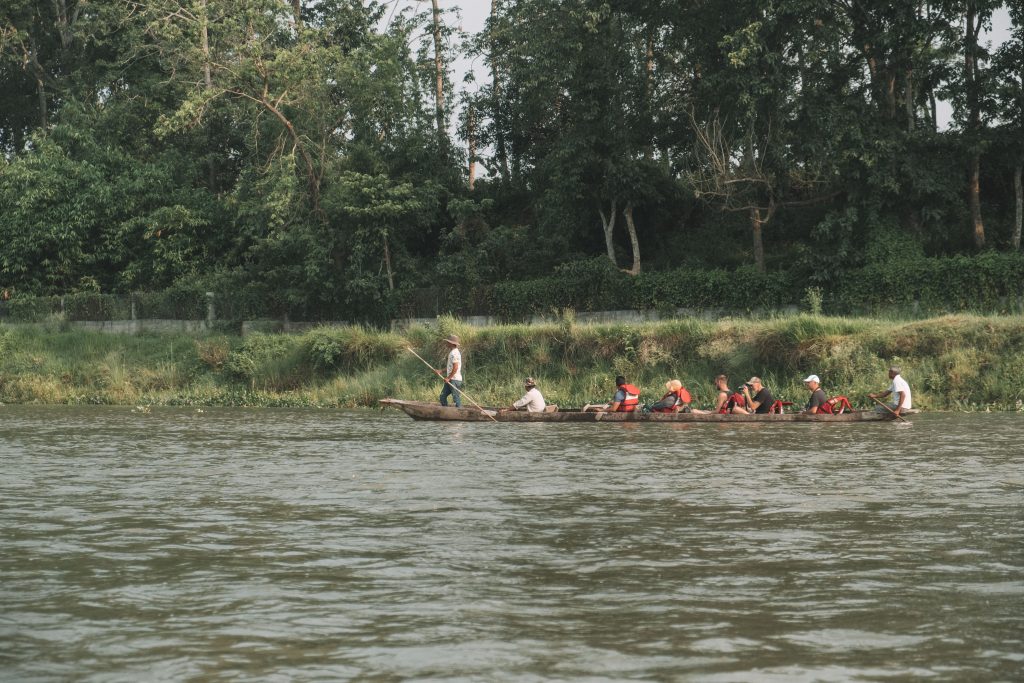
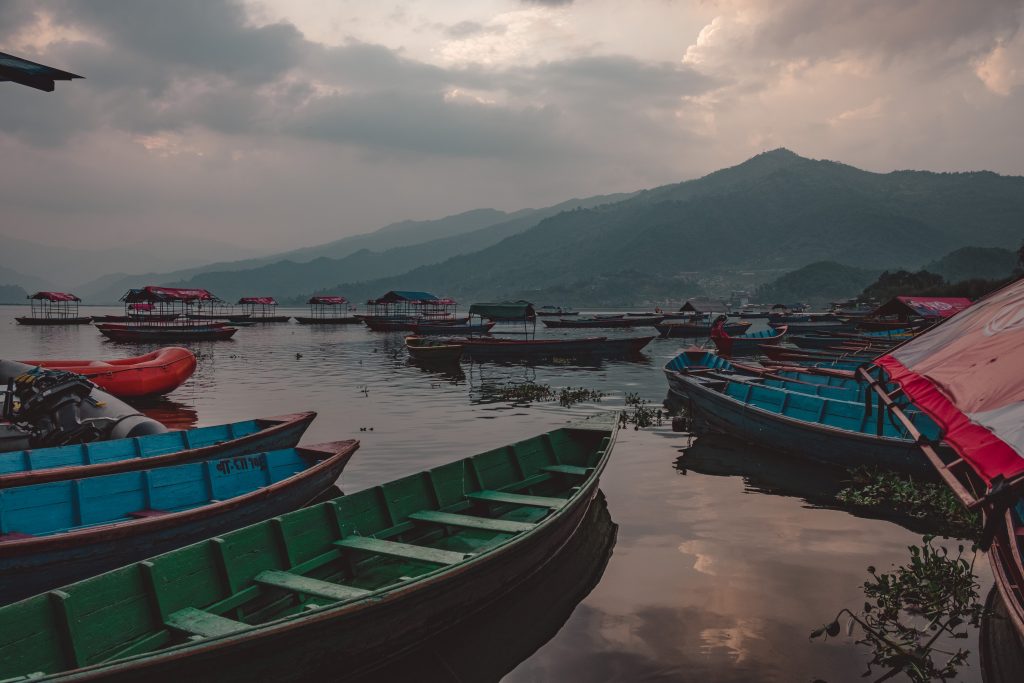
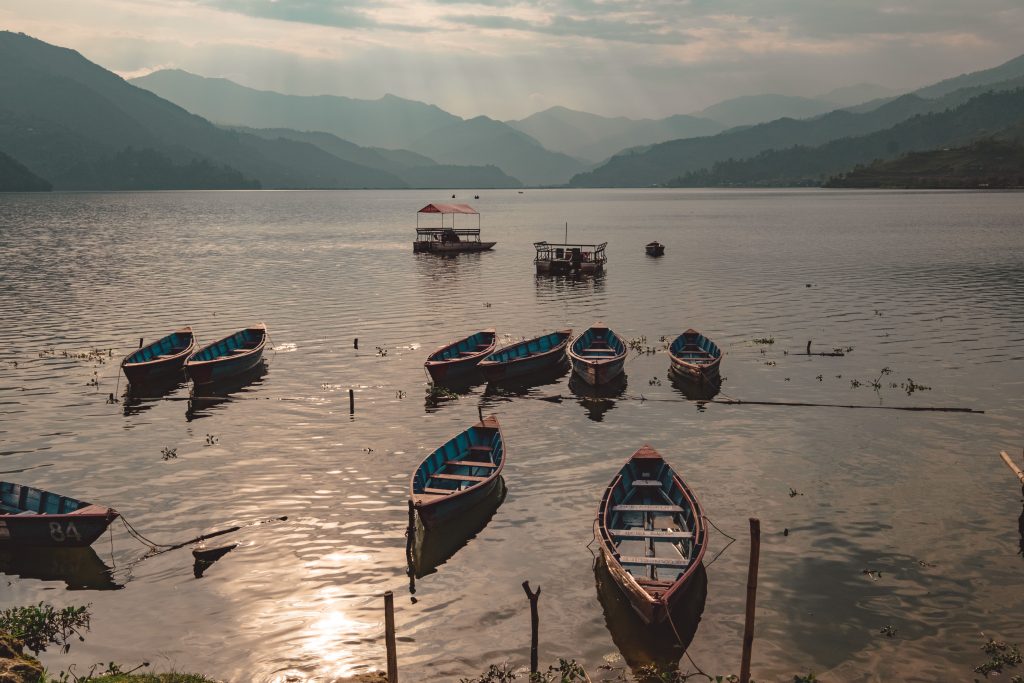
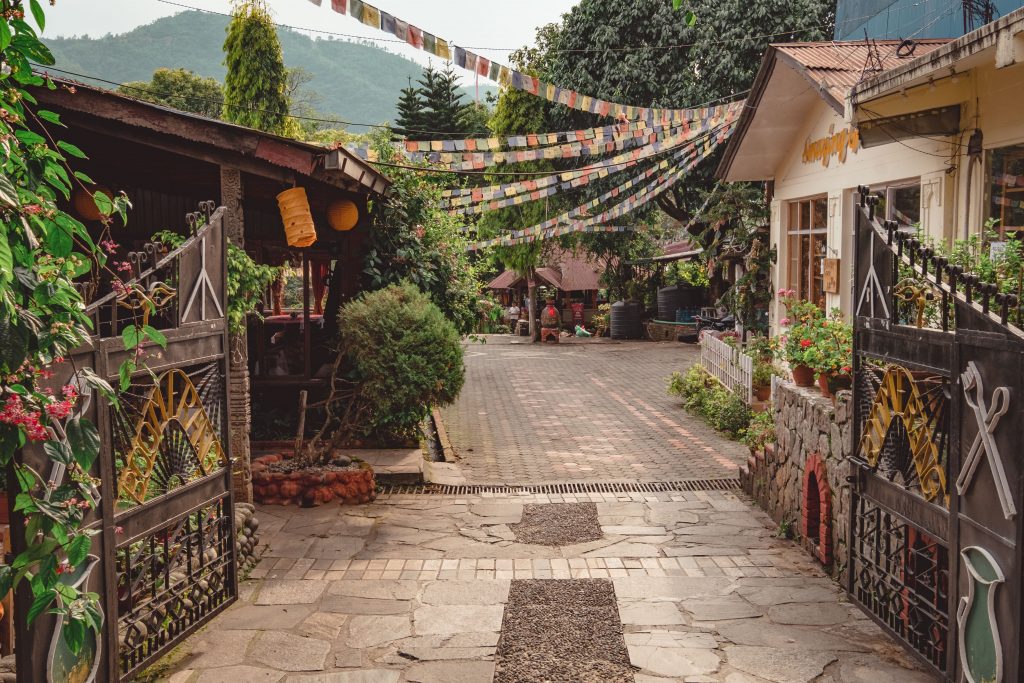
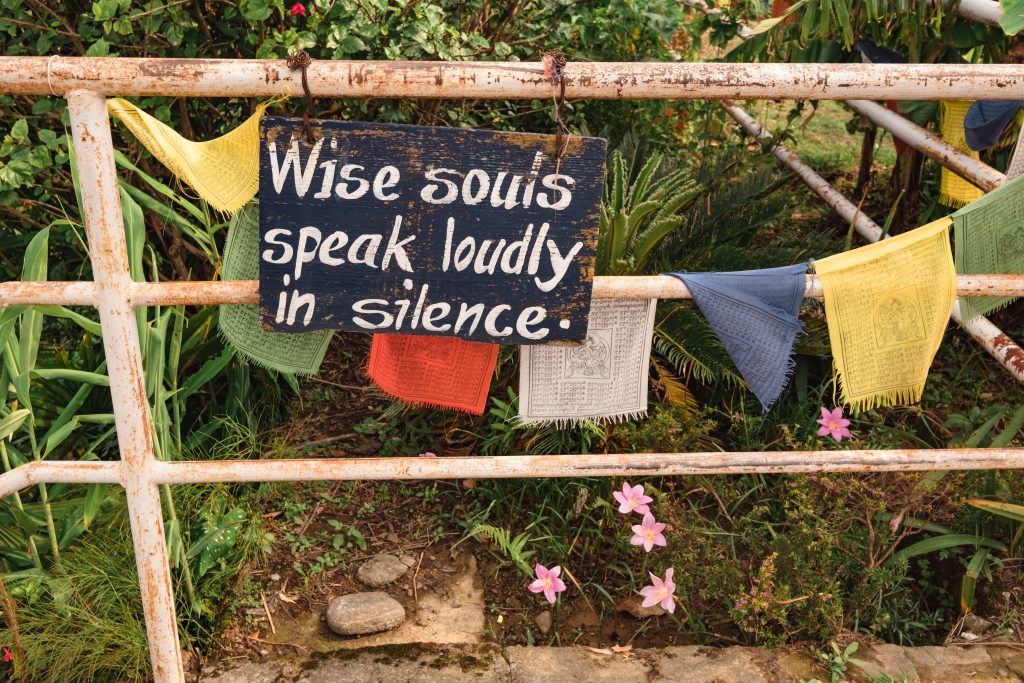
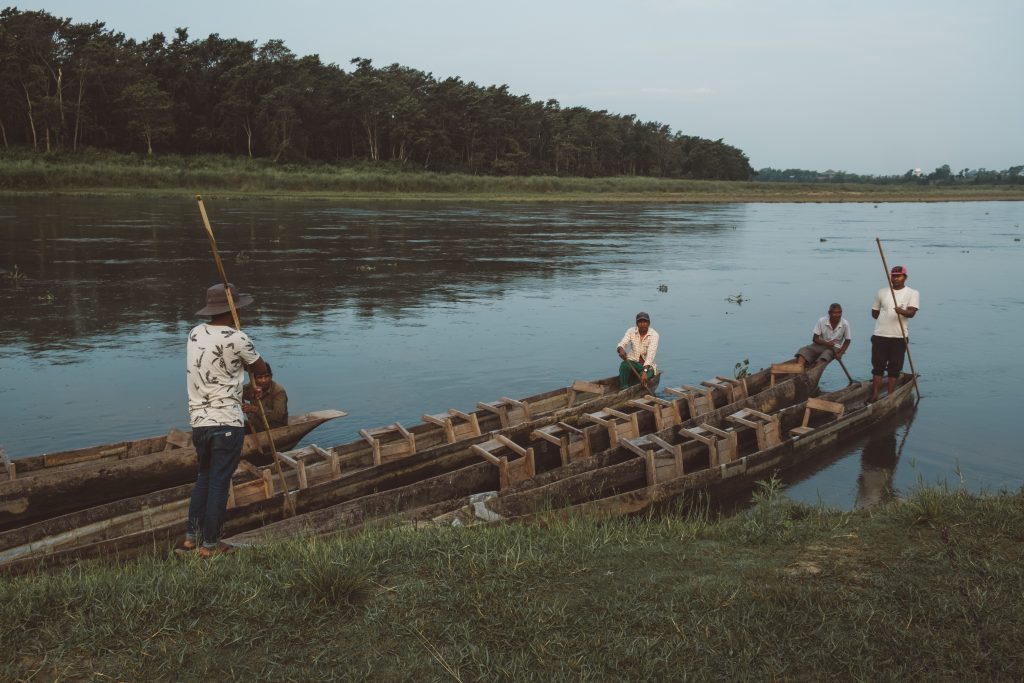


Leave a Reply